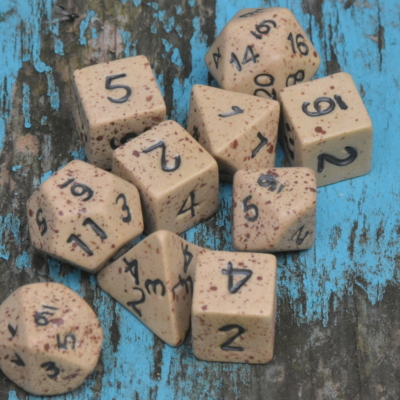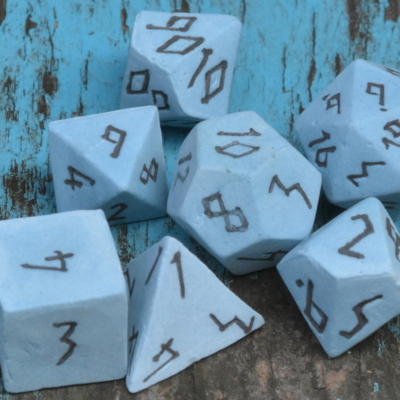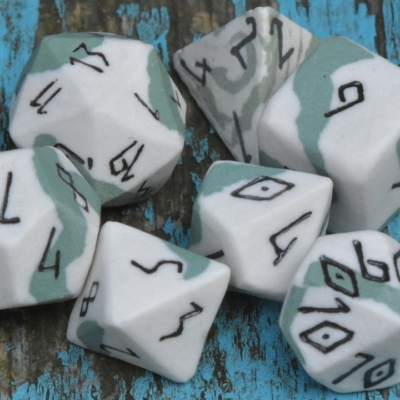“Unlock Secrets of Crafting the Ultimate D&D Fighter Character”
Welcome to the world of Dungeons & Dragons, where imagination meets strategy and epic adventures await! If you’re new to D&D or simply looking to optimize your Fighter character, you’ve come to the right place. In this blog post, we will walk you through the essential steps and share some pro tips to create a powerful and dynamic Fighter that will be the backbone of any party. Let’s dive in!
Why Choose a Fighter?
The Fighter class is one of the most versatile and durable classes in D&D. Whether you prefer a heavily armored tank or a nimble duelist, the Fighter can adapt to various combat styles. With access to multiple attacks, superior combat training, and a wide range of weapons, Fighters are the cornerstone of any adventuring party.
Step-by-Step Guide to Building Your Fighter
1. Choose Your Race
The race you choose can significantly impact your Fighter’s abilities. Here are some popular choices:
- Human: A versatile choice with a bonus to all ability scores.
- Half-Orc: Excellent for a melee-focused Fighter with extra strength and durability.
- Dwarf: Great for a tanky Fighter with bonuses to constitution and resilience.
- Elf: Ideal for a dexterity-based Fighter who prefers agility and speed.
2. Select Your Fighting Style
Fighters have access to various fighting styles that can enhance their combat abilities. Here are a few to consider:
- Archery: Perfect for a ranged Fighter with increased accuracy.
- Defense: Boosts your AC, making you harder to hit.
- Dueling: Increases damage when using a single one-handed weapon.
- Great Weapon Fighting: Ideal for Fighters wielding two-handed weapons, allowing for more damage.
- Protection: Helps you shield allies from attacks.
3. Allocate Your Ability Scores
Your ability scores will define your Fighter’s strengths and weaknesses. Here’s a recommended distribution:
- Strength: High priority for melee Fighters.
- Dexterity: Important for ranged or finesse Fighters.
- Constitution: Essential for all Fighters to increase hit points.
- Intelligence: Lower priority, unless you plan to multiclass.
- Wisdom: Useful for perception and saving throws.
- Charisma: Typically a lower priority for Fighters.
4. Pick Your Equipment
Starting equipment can set the tone for your Fighter’s role in the party. Some top choices include:
- Weapons: Longsword, greatsword, or a bow for ranged combat.
- Armor: Chain mail or plate armor for maximum protection.
- Shield: If you opt for one-handed weapons.
5. Choose Your Subclass
At level 3, Fighters can choose a subclass, also known as a martial archetype. Some popular choices are:
- Champion: Focuses on improved critical hits and physical prowess.
- Battle Master: Offers superior combat tactics and maneuvers.
- Eldritch Knight: Combines martial prowess with arcane magic.
Tips and Tricks for Beginners
Now that you have the basics, here are some additional tips to maximize your Fighter’s potential:
- Plan Ahead: Think about your character’s progression and what feats or abilities you want to acquire as you level up.
- Stay Versatile: Equip a variety of weapons to handle different combat scenarios.
- Communicate: Work with your party to create strategies and make the most of your Fighter’s strengths.
- Have Fun: Remember, D&D is about storytelling and having fun. Don’t get too bogged down in mechanics.
Conclusion
Creating a Fighter in Dungeons & Dragons is a rewarding experience that combines strategy, role-playing, and epic combat. With these tips and a bit of creativity, you’ll build a Fighter that not only excels in battle but also adds depth and excitement to your D&D adventures.
Happy adventuring!
Author: Matthew Hernandez
-
Sandstorm Ceramic Dice Set
Select options This product has multiple variants. The options may be chosen on the product page -
Runic Windcaller Ceramic Dice Set
Select options This product has multiple variants. The options may be chosen on the product page -
Runic Ancient Oasis Ceramic Dice Set
Select options This product has multiple variants. The options may be chosen on the product page





